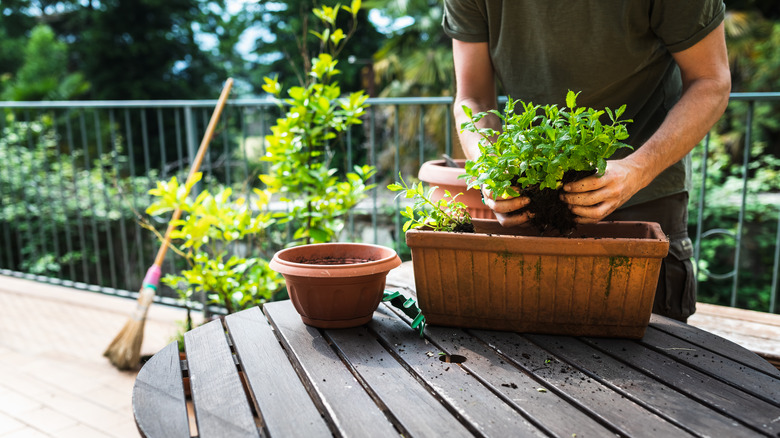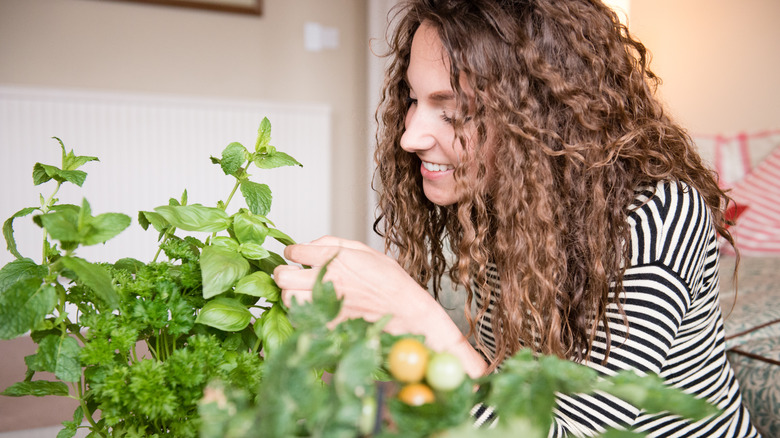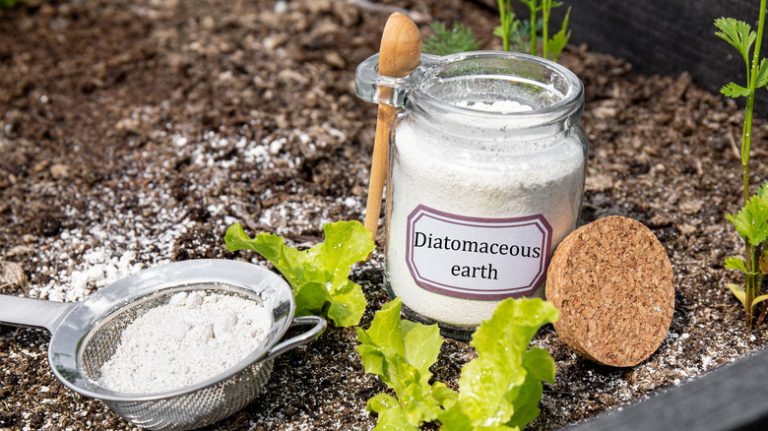When growing mint, timing is more crucial than you might realize. While the Royal Horticultural Society suggests spring as the best time to plant mint, you shouldn’t dismiss the potential of planting it in other seasons, especially winter. Mint, known to be a hardy perennial, thrives even under challenging conditions. Unlike annuals, perennials, like mint, live for several years and can endure cold winters without needing special protection. In milder winters, mint maintains its growth, and in more severe cold, its ability to regenerate in the spring after the soil warms up is a testament to its durability. This characteristic is particularly beneficial if you’re aiming for a garden that remains green and productive year-round. The adaptability of mint further extends to various USDA zones, indicating its ability to withstand a range of climatic conditions.
If you live in an area with harsh winter conditions or you simply want a continuous supply of fresh mint, you can also consider growing it in plant pots to be on the safe side. This approach allows for greater control over the growing environment. However, indoor planting requires careful consideration. Key factors include ensuring adequate light and maintaining proper soil moisture, amongst others. Despite these considerations, growing mint in the winter is still worth the challenge. Beyond its hardy nature, planting mint during winter offers distinct advantages. One significant benefit is the reduction in pest activity.
Maximizing mint health in winter: understanding and leveraging reduced pest activity

It’s common knowledge that pest activity in the garden decreases in winter. For your mint plants, this is especially beneficial as common pests like mint moths and spider mites become less active in colder temperatures. This seasonal change in pest behavior is grounded in the science of insect life cycles and hibernation patterns. During winter, these insects often retreat to sheltered areas in gardens or go into a state of hibernation. Colorado State University notes that adult spider mites often shelter in bark cracks. This period of inactivity aligns with their survival strategy, allowing them to conserve energy when food sources are scarce, and temperatures are low. Their hibernation or dormancy means their activity won’t be as severe as during the summer, which gives your mint plant a much-needed break from the constant battle against these invaders. Without the usual damage and stress from pest attacks, your mint can channel more energy into growth and development.
This decrease in pest presence during the winter also provides a unique opportunity to inspect your garden for any signs of pest hideouts or eggs. Removing debris and dead leaves from around your mint plants may help reduce the places pests might use for shelter. Also, consider using winter insecticides, also known as dormant oil, which can be applied during the dormant stage to prevent pests from re-emerging in spring. You can also capitalize on this dormant period for pests by taking specific steps to further strengthen your mint plants during the winter.
Considerations for winter planting and indoor growth

If your mint plants are already planted outdoors, you can still winterize them to ensure they remain healthy. Utah State University advises cutting them back to ground level. This pruning discourages pests and diseases that can linger in the foliage during colder months. If you’d rather bring your plants indoors, this will do well to protect them from the cold, especially in extreme weather and frost — despite mint’s hardiness, such conditions can still be detrimental. However, growing mint indoors requires some specific considerations, especially regarding temperature and environment. Start by selecting well-drained, organic-rich soil for your indoor mint plants. Keep in mind also that mint prefers a slightly acidic environment, with a soil pH ranging between 6.5 and 7.0. Once you have the soil out of the way and the plant is potted, find a location in your home where the mint can receive bright but indirect sunlight. A window that gets filtered light throughout the day is ideal.
Regular watering is also crucial for indoor mint. The soil should be moist but not soggy. Be observant and adjust your watering schedule based on the indoor heating and the plant’s response. Over-watering is a common issue in indoor gardening, so ensure good drainage in your pot. Lastly, try to maintain an indoor temperature of around 70 degrees Fahrenheit.



